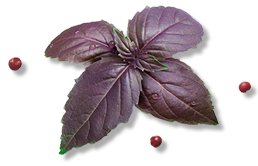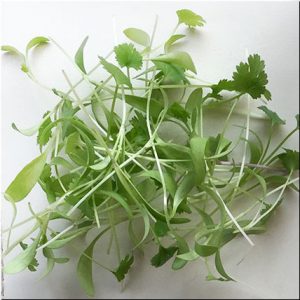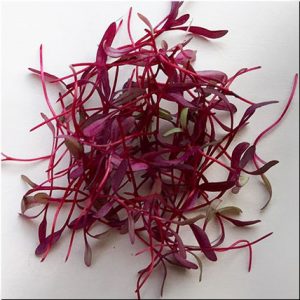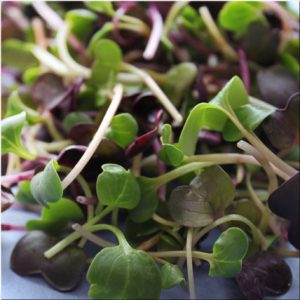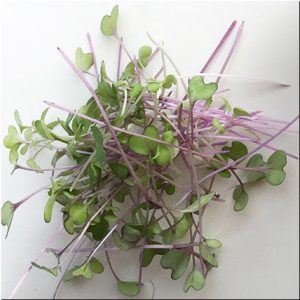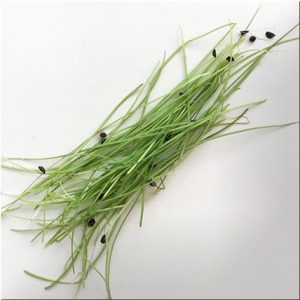Rama’s Microgreens
Rama’s activities about microgreens
Basically Rama corp help people to grow microgreens . growing microgreens is not a hard work , but we will give people what they need for starting growing microgreens . our suggestion is bio larders.
basically in a useful bio larder you can start a new buisiness . you can grow microgreens in a safe place with the light and temperature that microgreens need in best way .
you can grow microgreens continually and pack them and sell them for a good price or you can grow microgreens for your own family. Bio larders are the best way to grow microgreens in a cheap price way because of saving water technology that Rama corp prepared on them.
You can set a bio larder in your house even if you have 0% of sun light and save 98% of water than the other people who grows microgreens.
So why you’re waiting ? take a bio larder and start your own buisiness or at least grow your own microgreens
Microgreens?
With sprouts, you eat the fully germinated seed. I think of sprouts as the ‘babies’ of the plant world. A seed that bursts open with the first root and shoot(s). Whereas sprouts are seeds that germinate by being soaked and rinsed in water, microgreens are grown in soil.
During seed germination, the cotyledon(s) or seed leave(s) emerge from the soil first. [A cotyledon is part of the embryo within the seed of the plant.] Through photosynthesis, the cotyledon(s) provide initial food to give the plants a burst of energy for the true leaves to develop.
Microgreens are the next stage in a plant’s development, kind of like the ‘toddlers’ of the plant world. Microgreens can be harvested when the germinated seeds have developed tiny roots and at least their first true leaves. They have similar health benefits to sprouts, but greater nutritional value.
So you can add minerals to the seed raising mix to boost the nutrient value and flavour. These young seedlings are harvested smaller than baby salad leaves
History
Microgreens began showing up on chefs' menus as early as the 1980s, in San Francisco, California. In Southern California, microgreens have been grown since about the mid 1990s.
There were initially very few varieties offered. Those available were such as arugula, basil, beets, kale, cilantro and a mixture called Rainbow Mix. Having spread eastward from California, they are now being grown in most areas of USA with an increasing number of varieties being produced.Today, the U.S. microgreens industry consists of a variety of seed companies and growers.
Benefits
1. Quick to grow: from ‘seed to feed’ in just 1-3 weeks depending on which variety you choose.
2. You can grow an incredible number of plants in a tiny area = high yield to space ratio.
3. Minimal cost, time and effort required for a ‘fast food’ healthy harvest of organic greens.
4. Perfect solution for urban living and people with no room or time for a garden.
5. Simple requirements. You just need access to good light, water and a safe place for growing them
6. Suitable for all climates. Produce fresh living greens for salads, sandwiches, soups and garnishes in the heat of summer or cold of winter. In our subtropical summer, microgreens are a solution to salad ingredients when lettuces, rocket/arugula and spinach crops tend to bolt to seed in the heat.
7. Indoor edible garden. You can grow microgreens in biolarders in the home space or kitchen or even your room.
8. Nutrient-dense food. Microgreens contain digestible vitamins, minerals and phytonutrients that provide a wide variety of nutritional health benefits. They are packed with flavour, colour, texture, living enzymes and nutrients.
9. No loss of nutrient value. When you harvest your microgreens just before serving, this maximizes nutrients.
10. Variety of flavours/textures. Microgreens have a delicate crunchy texture and can be used as garnishes to add flavour and colour.
11. Fantastic value. Many varieties will regrow and produce several harvests.
Types Of MicroGreens,...
